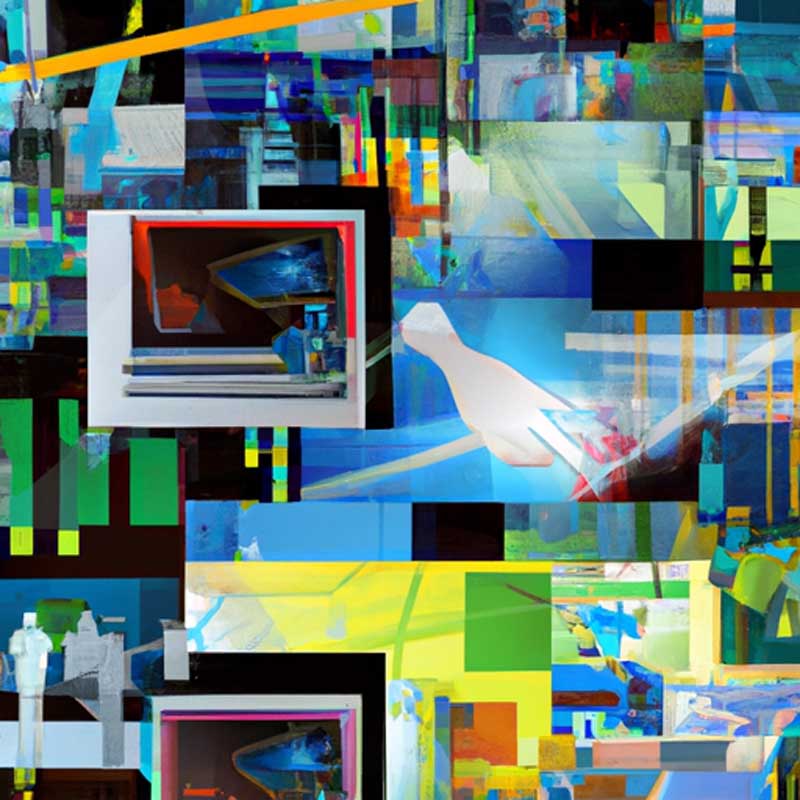TLDR:
OpenAI has developed CriticGPT to assist in catching errors and hallucinations in large language models like ChatGPT. CriticGPT uses reinforcement learning from human feedback to evaluate responses generated by ChatGPT, ultimately aiming to align AI system goals with human goals. The research shows promising results in catching coding errors, but further testing is needed for text responses.
Key Points:
- Large language models like ChatGPT can generate accurate information but also make errors and hallucinations.
- OpenAI’s CriticGPT uses reinforcement learning to evaluate ChatGPT responses and aims to align AI systems with human goals.
Full Article:
One of the biggest challenges with large language models like ChatGPT is the presence of errors and hallucinations alongside accurate information. OpenAI has introduced CriticGPT, a tool designed to assist in identifying and correcting these errors. CriticGPT uses reinforcement learning from human feedback (RLHF) to evaluate a variety of responses generated by ChatGPT and guide it towards truth and accuracy.
The research falls under the alignment category, focusing on ensuring that AI systems’ goals align with human goals. RLHF has become crucial in refining language models for public release. As models become more sophisticated, the task of evaluating outputs becomes increasingly complex, leading OpenAI to develop CriticGPT.
In initial tests, CriticGPT demonstrated a high success rate in catching coding errors compared to human reviewers. However, further exploration is necessary to determine its effectiveness in evaluating text responses. The research highlights the potential of combining human judgment with AI assistance to enhance model training.
While CriticGPT shows promise in spotting errors, limitations exist, particularly in catching more subtle text errors and biases. The collaboration between humans and AI systems poses challenges in maintaining unbiased feedback processes. However, the introduction of CriticGPT reflects OpenAI’s commitment to advancing alignment research despite organizational changes within the company.
